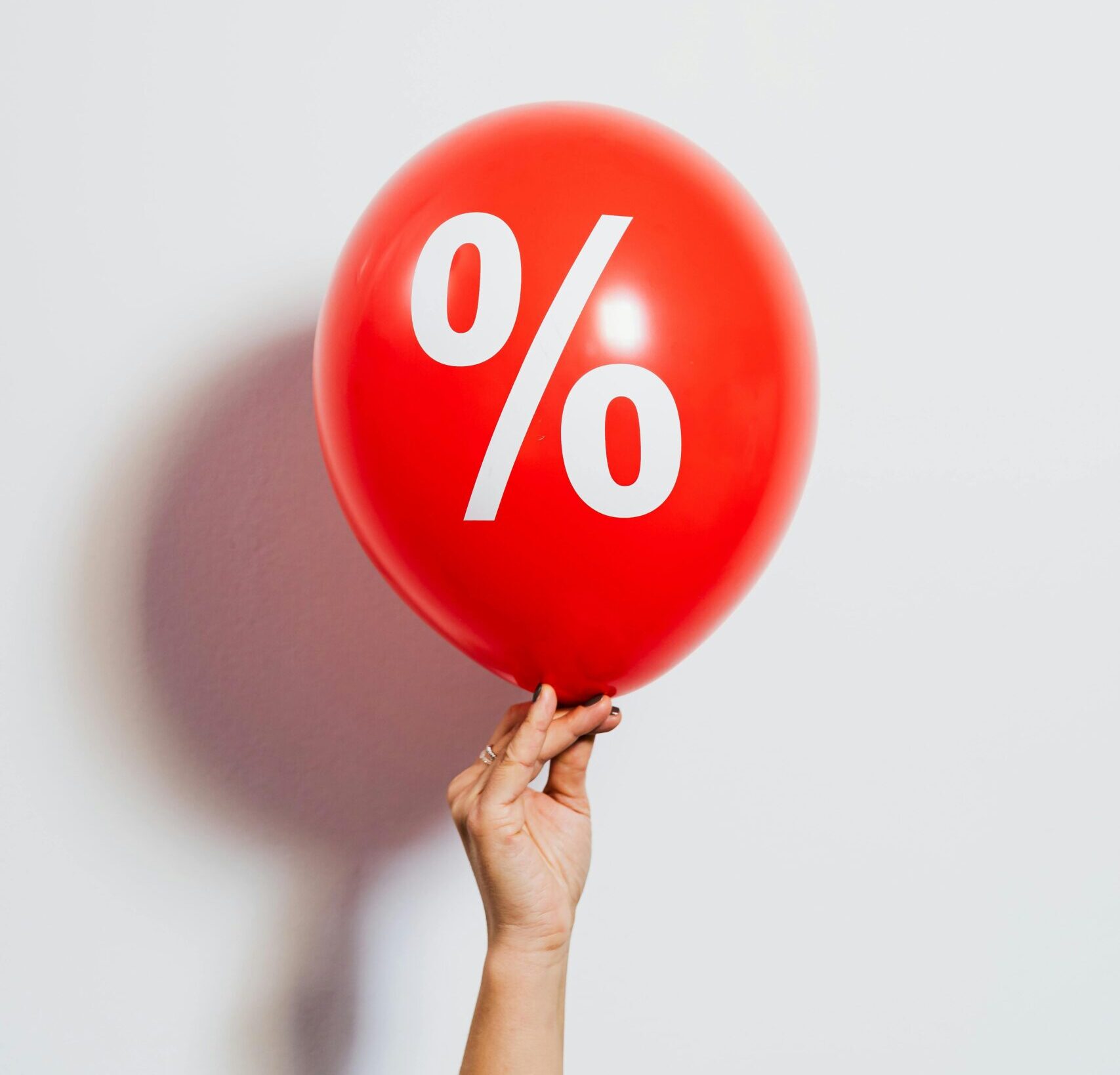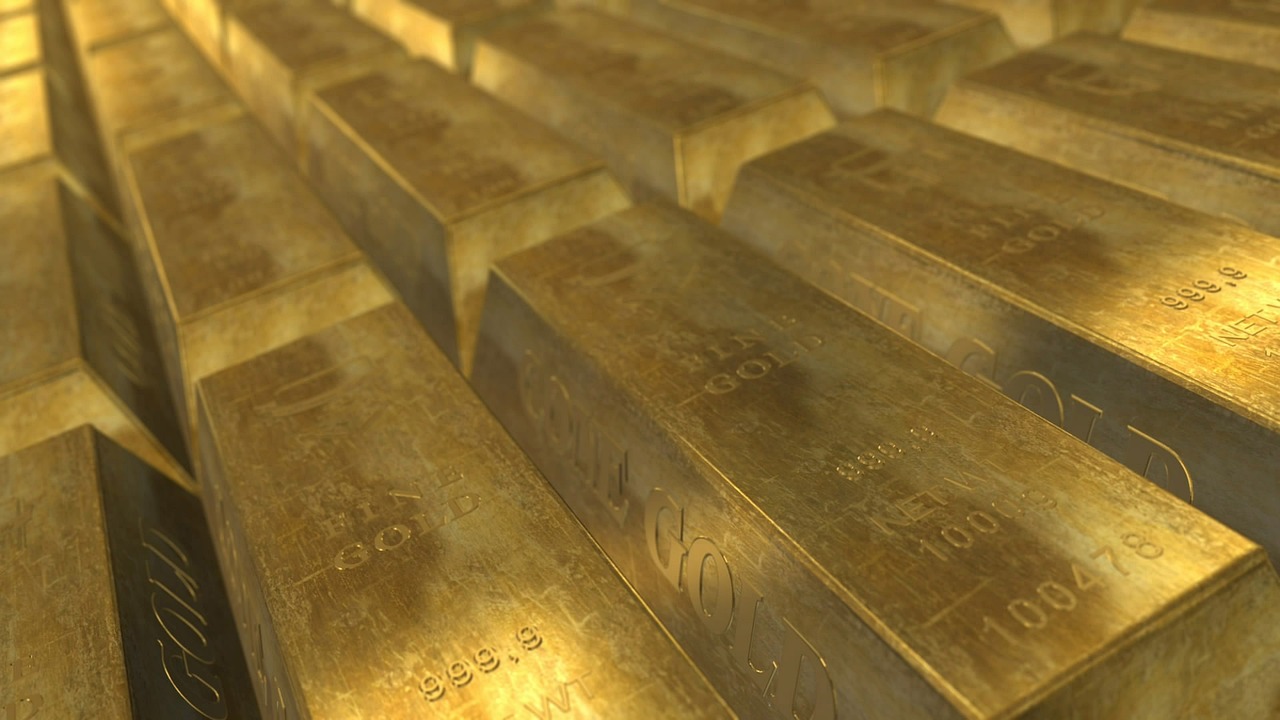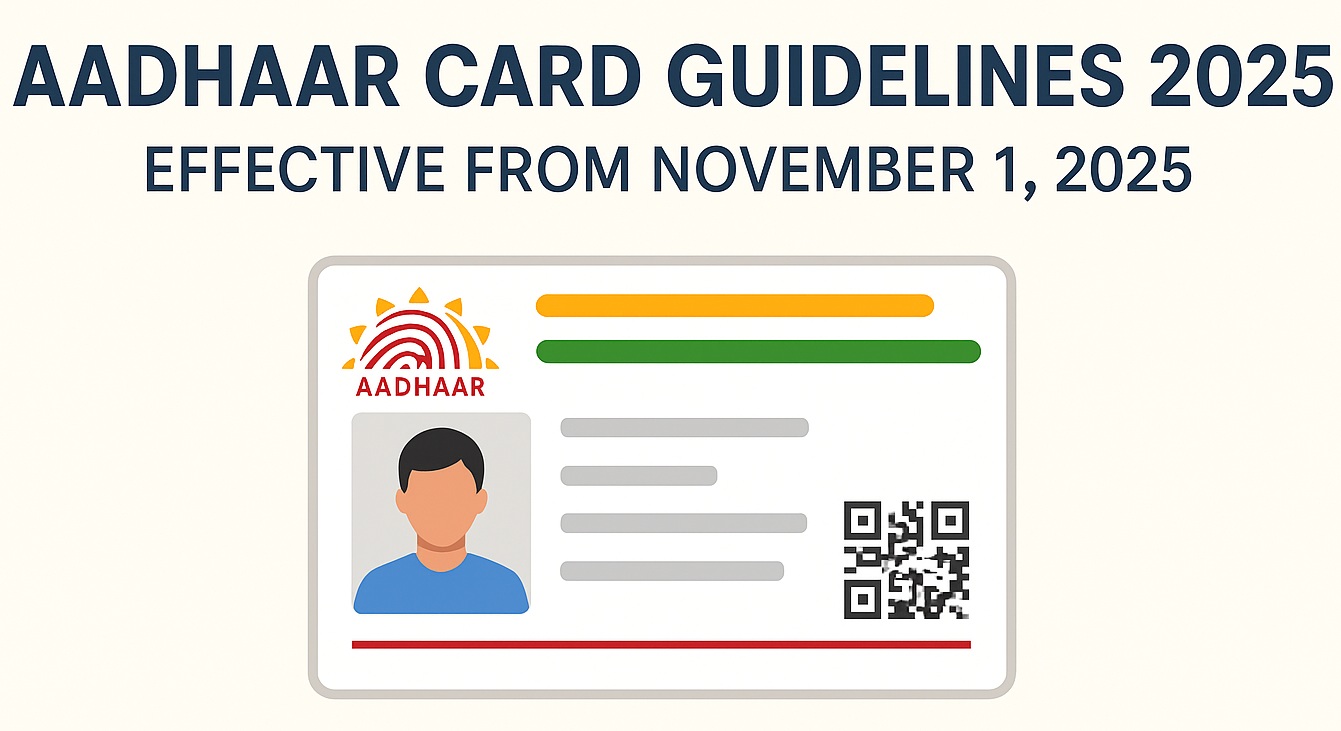In today’s news, we learned that HDFC Bank lowered its interest rates on both fixed deposits and savings accounts on June 11, 2025, a decision that could impact millions of depositors. The shift in their account interest rates following the Reserve Bank of India’s (RBI) announcement of a cut in the repo rate. In reaction to the current economic conditions, HDFC Bank has opted to lower interest rates on small savings schemes such as fixed deposits (FDs) and recurring deposits (RDs), affecting both new and existing customers.
Whether you’re an existing customer or considering investing with HDFC Bank, in this Blog, we will provide you with the key details that anyone should be aware of.
HDFC Bank History and Overview
HDFC Bank was established in 1994 during the period of India’s banking sector reforms. It commenced operations in 1995 and was promoted by HDFC Ltd., a premier housing finance company in India.
Since its inception, the bank has expanded significantly, driven by a strong focus on retail banking, adoption of digital technologies, and key mergers, notably, the merger with Times Bank in 2000 and the major 2023 merger with HDFC Ltd., positioning it as one of the country’s largest financial entities.
Based in Mumbai, HDFC Bank offers a wide range of financial products and services, including savings and current accounts, loans, credit and debit cards, insurance, and wealth management solutions. With over 8,000 branches across India and a robust digital footprint, it is recognized as the largest private sector bank by assets and one of the most valuable banking brands in Asia.
Revised HDFC Bank Interest Rates Effective from 10th June 2025
| Category | Previous Rate | Revised Rate | Change |
| Fixed Deposit (FD) – Regular | 3.00% to 6.85% | 2.75% to 6.60% | Cut of up to 25 basis points |
| Fixed Deposit (FD) – Senior Citizens | 3.50% to 7.35% | 3.25% to 7.10% | Cut of up to 25 basis points |
| Savings Account – Below ₹50 lakh | 2.75% | 2.75% | No change |
| Savings Account – ₹50 lakh & above | 3.25% | 2.75% | Cut of 50 basis points |
| All Savings Accounts | Tiered (2.75% / 3.25%) | Uniform 2.75% | Unified rate in |
Key Implications for Depositors and Borrowers of HDFC Bank
- New and Existing FD Investors:
With the recent reduction in fixed deposit interest rates, both new and current investors will earn lower returns across multiple tenure options. This is likely to impact those who depend on FDs for consistent and secure income. - Senior Citizens:
While senior citizen FD rates have also been lowered, they continue to offer slightly better returns compared to standard rates. This provides partial relief, though overall income from these deposits will still decline. - Savings Account Holders:
HDFC Bank has implemented a flat interest rate of 2.75% for all savings accounts. As a result, high-balance account holders (above ₹50 lakh) who previously received 3.25% will now earn less, aligning their returns with those maintaining lower balances. - Recurring Deposit (RD) Investors:
The downward revision in RD rates may affect the long-term accumulation of savings. Nonetheless, RDs remain a safe and structured way to save regularly, particularly useful for emergency funds. - Loan Borrowers:
A silver lining for borrowers is the likely drop in loan interest rates due to the RBI’s recent 50 basis point repo rate cut. This could lead to more affordable EMIs on home, personal, and business loans, encouraging borrowing and consumer spending.
Why Has HDFC Bank Cut Rates?
Multiple reasons seem to have driven this move:
- High Liquidity Levels: With a sharp rise in deposit inflows, banks are under less pressure to offer higher rates to attract additional funds.
- RBI’s Policy Stance: The Reserve Bank of India has maintained the repo rate at 6.50%, indicating a pause in rate hikes. This has a direct impact on the interest rate environment.
- Focus on Cost Management: Reducing interest payouts helps banks manage their operating costs more efficiently and maintain profitability, especially when credit demand is weak or uncertain.
What Should Investors Do Now?
Given the recent rate cuts, here are a few smart steps to consider:
- Compare FD Rates from Other Banks: Check offerings from public sector and small finance banks, some of which are currently providing fixed deposit interest rates as high as 8%.
- Evaluate Government-Backed Options: Explore alternatives like the Senior Citizens Savings Scheme (SCSS) or Post Office Time Deposits, which offer attractive returns with the added security of government backing.
- Consider Low-Risk Debt Mutual Funds: If you’re seeking better returns than a savings account with minimal risk, liquid funds and ultra-short duration mutual funds could be worthwhile options.
- Use the FD Laddering Strategy: Distribute your fixed deposit investments across various tenures to reduce reinvestment risk and ensure steady liquidity.
Final Thoughts
HDFC Bank’s interest rate reduction reflects a larger shift taking place across the banking industry. While this move may support the bank’s profitability, it comes as a setback for savers and fixed deposit investors who rely on steady, assured returns. In light of these changes, it’s important for investors to reassess their financial plans and explore a mix of investment options that suit their risk tolerance and long-term objectives.
Sources: msn.com








